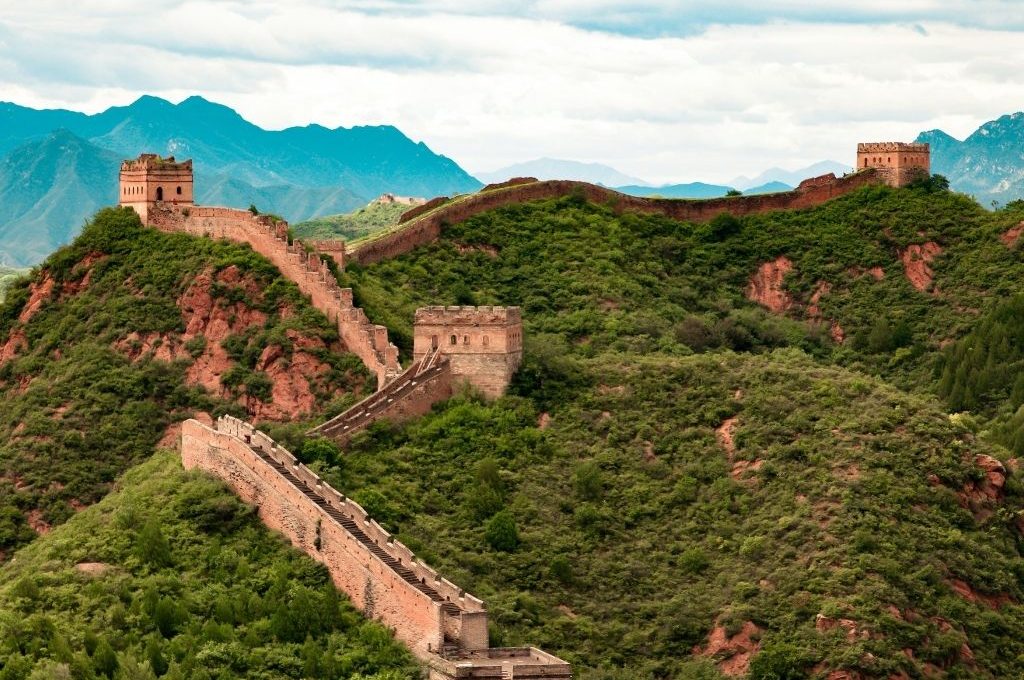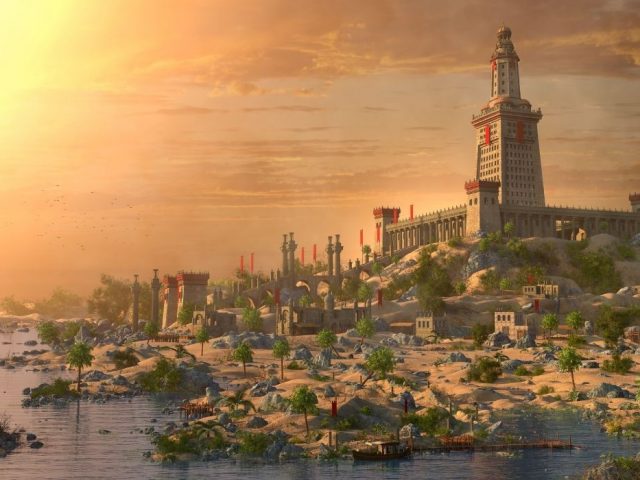The Great Wall of China, one of the most iconic man-made structures in history, stands as a testament to human ingenuity and determination. Spanning thousands of miles across the northern regions of China, this awe-inspiring marvel has captured the imagination of people from around the world. In this blog post, we will delve into the fascinating history of the Great Wall, explore its grandeur, and debunk the myth surrounding its visibility from space.
🛎️ Reminder: To explore the Great Wall of China with your digital tour guide, don’t forget to download Piri Guide! 😊
When was the Great Wall of China built?
The construction of the Great Wall of China began over two millennia ago, making it an ancient wonder. Contrary to popular belief, it is not a single continuous wall, but rather a series of walls and fortifications built at different times and by various dynasties. The earliest walls date back to the 7th century BC, during the Warring States period when individual states erected barriers to defend against rival kingdoms.
However, the most significant phase of construction took place during the Ming Dynasty (1368-1644 AD). The Ming rulers extended and connected existing walls to protect China from invasions by Mongols and other nomadic tribes from the north. Skilled laborers, soldiers, and convicts worked tirelessly to fortify and enhance the wall, resulting in the impressive structure we see today.
Could you see the Great Wall of China from space?
The idea that the Great Wall of China is visible from space with the naked eye is a well-known myth that has persisted for decades. Unfortunately, this is not entirely true. While the Great Wall is undoubtedly an extraordinary feat of human engineering, it is not wide enough or made of materials that would be distinguishable from space by the human eye.
Astronauts have reported that the wall is challenging to spot from the International Space Station (ISS) or low Earth orbit without the aid of binoculars or zoom lenses. Other man-made structures, like large cities or highways, are more visible from space than the Great Wall due to their size and reflectivity.
Exploring the Great Wall of China
We’ve talked about the history of the Great Wall of China. Yet, we should remind you that you can find more on Piri Guide mobile app. Piri Guide detects your location, offers you the best travel routes, and starts telling you the hidden stories of wherever you are. All you have to do is to get your headphones or earbuds and follow the path at your own pace. Then, don’t set out for your trip before downloading the digital travel guide! 😊
Facts about the Great Wall of China
Length and Span: The Great Wall of China is not a continuous wall but rather a series of walls and fortifications built over several dynasties. The total length, including all branches and sections, is estimated to be around 13,170 miles (21,196 kilometers). It is the longest wall in the world.
Human Effort: It is believed that over a million workers, including soldiers, peasants, and prisoners, were involved in building the Great Wall over the centuries. It is often referred to as one of the most extensive construction projects ever undertaken.
Materials: The wall was built using various materials depending on the region and availability, including bricks, wood, tamped earth, and stone. Some sections were made with compacted earth and gravel.
UNESCO World Heritage Site: The Great Wall of China was designated as a UNESCO World Heritage Site in 1987. It is also considered one of the New Seven Wonders of the World.
Since you’ve come all the way here, check out the Hanging Gardens of Babylon!




